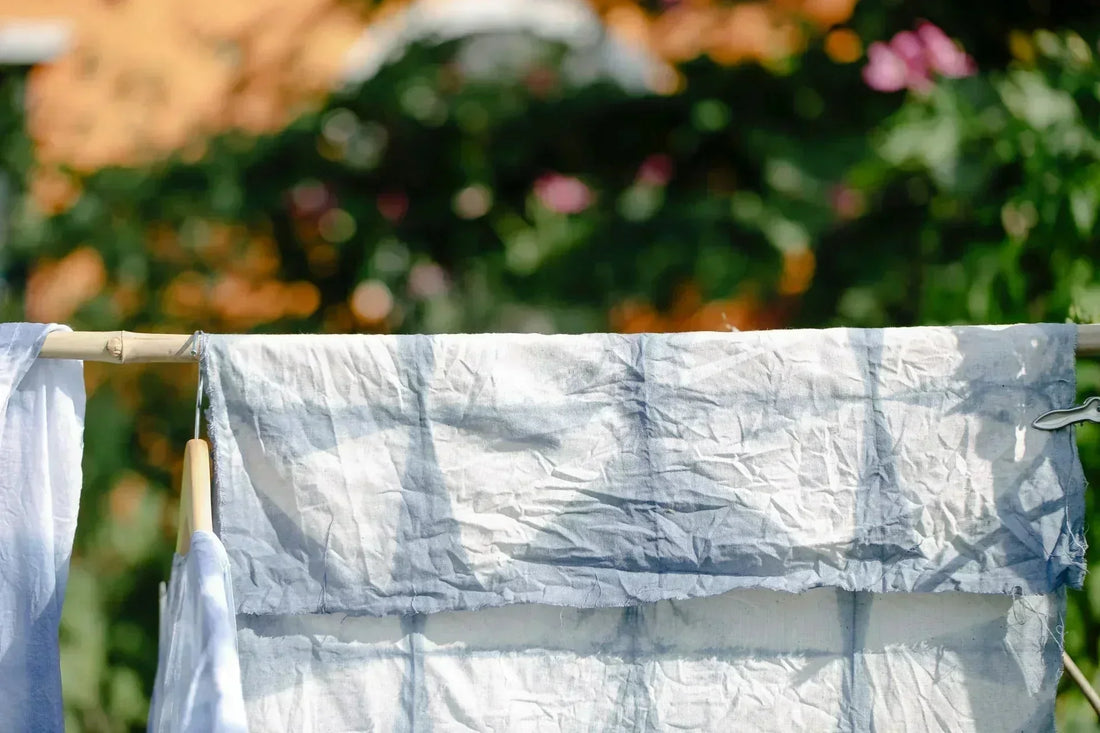
Sustainable textiles, benefits and types
BY NAMUBAKShare
The use of sustainable textiles to help the planet is in our hands.
What are sustainable textiles?
The textile industry is one of the sectors that uses the most natural resources, chemicals, and energy, making it the second most polluting industry. Clothing is made with different textile fibers that can be of natural, synthetic, or semi-synthetic origin. Synthetic fibers represent 60% of total clothing production, and many are made with byproducts such as petroleum (polyester and nylon are the most commonly used). On the other hand, the use of semi-synthetic fibers represents only 6% of the total and is based on materials of natural origin. Production with natural fibers accounts for 5%. Sustainable fabrics are those that can achieve the sustainable development goals established in international agreements, such as the Paris Agreement and the European agenda to achieve climate neutrality by 2050. Therefore, they are of natural origin, which do not use any chemical components that could harm the environment.
How many types of sustainable textiles are there?
There are many sustainable textiles, but the following are the most notable.
- Organic cotton: It is grown on land where the use of pesticides, herbicides, and other toxic chemicals is prohibited. Only natural fertilizers are permitted, and soil and water quality are monitored.
- Recycled cotton: This type of cotton can be produced from two primary sources: post-industrial and post-consumer. It's the most sustainable fabric of all, and also, as its name suggests, contributes to fabric recycling while maintaining the same qualities as organic cotton.
- Organic wool: It is free of harmful substances, meaning no chemicals are used in its production. It is highly elastic and does not break when stretched. It also doesn't wrinkle or deform. Its fibers are soft, allowing the body to breathe and protecting it from moisture.
- Bamboo : Made from bamboo pulp and bleached without chlorine. It uses very little water compared to other types of fabric. This type of fabric is breathable, soft, and absorbent. It also has antibacterial properties, making it a big hit for people with sensitive skin.
- Hemp: It is produced from the stem of the cannabis plant. It produces a soft and delicate fabric. This fabric has a great feature: its insulating properties allow it to provide shelter in winter and cool in summer.
- Recycled synthetic: Recycled polyester, cotton, or nylon are good options. They keep plastic and clothing out of landfills and require less energy to produce. However, recycled polyester and nylon still release microplastics, so try to opt for natural fabrics whenever possible.
Benefits
Using eco-friendly fabrics benefits both the people who grow them and the environment. Therefore, no harmful chemicals are used, and their production doesn't harm drinking water. Plus, they degrade naturally over time, unlike unsustainable fabrics. Their production also doesn't pollute the air—great! Sustainable fabrics are softer and retain their scent longer. Skin allergies are reduced. And now that we know more about sustainable fabrics, let's use them!

